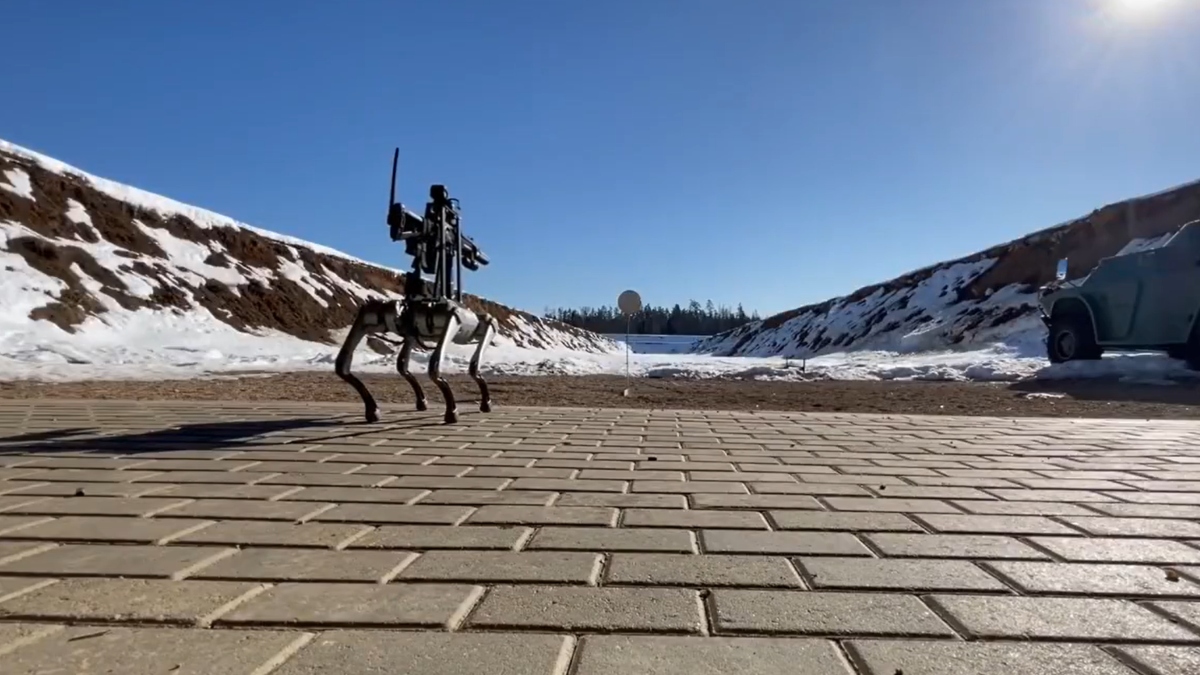3D printing of metal objects achieves stunning breakthrough: Entire JET ENGINE printed in metal
03/20/2017 / By Earl Garcia

Monash University and Amaero Engineering have acquired one of the biggest metal 3D printers currently in production. The Xline 2000R metal 3D printer is only one of five massive printers developed by German manufacturer Concept Laser. The printer is the only one outside America and Europe to be available for contract manufacturing. It is also the only one that is based in the southern hemisphere and the single largest 3D printer that is being used at a university. The metal 3D printer has a build volume of 800 x 400 x 500mm3. The immense printer weighs about 900 kg and is valued at $3.5 million.
The university has used the massive printer to develop a large door hinge for a Chinese jet airliner. The aluminum hinge measures 40 by 80 by 39 cm and weighs 11 kg. The printed hinge is touted as the biggest powder bed 3D printed metal aerospace component. Powder bed printing works by using a laser that moves across a base plate to initiate fusion of fine metal powder coatings one layer at a time, which then gradually builds the object. “The new printer allows us to make large complex shapes and unique tools quicker, lighter and with less waste,” according to Professor Xinhua Wu, who spearheads the 3D printing initiative at Monash University.
Amaero Engineering, an additive manufacturing company, has previously worked with the university researchers at a 2015 airshow when they unveiled the world’s first printed jet engine. The company has since become the commercial arm of Monash university’s 3D printing programs. “This new printer creates promising opportunities for advanced manufacturing in Australia for global markets. Last year, we printed production components that are now flying in passenger jets and small turbojet engines. Our technology is also now operating in our manufacturing facility in Toulouse with our partner Safran—the French-based global aerospace and defense company,” said Amaero CEO Barrie Finnin.
“Now we can literally go bigger. This new capability will be of great interest to our aerospace and automotive customers in Europe, North America, Asia and Australia,” Barrie added.
Metal 3D printer touts larger than life specs
Monash University’s recently acquired Xline 2000R metal 3D printer has a build volume of up to 160 liters and is considered to be the world’s biggest metal laser melting machine that allows tool-less production of functional parts and technical prototypes with repeatable material properties. The machine provides separate processing and handling stations, thereby ensuring safer operations and machine handling. The metal 3D printer’s heating process is at 9kW, with a maximum temperature reaching up to 200 degrees Celsius.
Furthermore, the machine features a rotating mechanism that enables two build modules to be utilized reciprocally. This guarantees consistent production with minimal downtime. The machine is also equipped with 2 x 1000 watt lasers to allow safe processing of reactive metals. Xline 2000R also features a sieving station, a silo and powder transport hoses.
Showing off at the 2017 Australian airshow
Monash University and Amaero presented their metal 3D printed door hinge at the Australian International Airshow 2017. The organizations have also presented their 2015 entry, the world’s pioneer printed jet engine, at the airshow. The project was a Safran gas turbine power unit from a Falcon executive jet. Other 3D projects showcased by the two were a large, complex air intake component and a cutaway view of a new rocket motor design.
While both organizations’ recent accomplishments seem impressive, Cranfield University in the U.K. still holds the record for the biggest metal 3D printed part ever produced, while ORNL/Boeing’s printed aerospace component remains the largest one to date in its field.
Sources:
Submit a correction >>
Tagged Under:
3D printing, Science & Tech, Science Advances, Scientific Achievements
This article may contain statements that reflect the opinion of the author
RECENT NEWS & ARTICLES
COPYRIGHT © 2017 ROBOTICS.NEWS
All content posted on this site is protected under Free Speech. Robotics.News is not responsible for content written by contributing authors. The information on this site is provided for educational and entertainment purposes only. It is not intended as a substitute for professional advice of any kind. Robotics.News assumes no responsibility for the use or misuse of this material. All trademarks, registered trademarks and service marks mentioned on this site are the property of their respective owners.





















